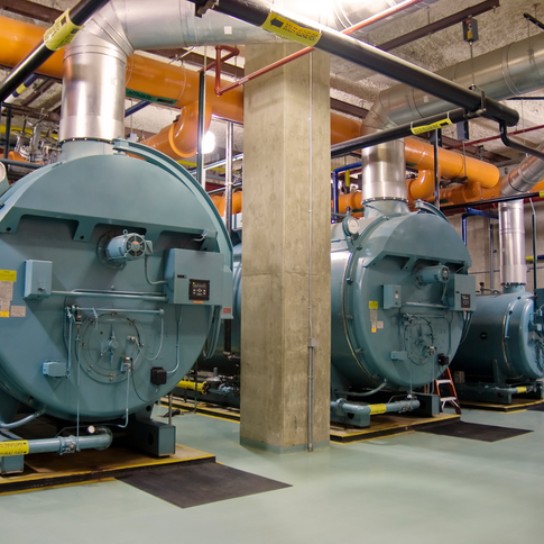coagulation and flocculation in water treatment
Coagulation and Flocculation in Water Treatment
Coagulation and flocculation are fundamental processes in water treatment, crucial for ensuring that water is clean and safe for consumption
. These processes involve the removal of suspended solids, pathogens, and organic matter, ultimately improving water quality.Coagulation is the first step in this treatment process and involves the addition of chemical agents—coagulants—such as aluminum sulfate or ferric chloride to the water. These chemicals work by neutralizing the charge of suspended particles, which are typically negatively charged due to the presence of organic materials, clay, and other colloidal substances. When the charge is neutralized, these particles begin to agglomerate, or come together, forming larger particles known as flocs.
The next step, flocculation, involves the gentle mixing of water to promote the growth of these flocs. During this stage, the smaller flocs collide and combine to form larger aggregates. Flocculation typically takes place in a specially designed tank, where the water is stirred slowly for a certain period. This slow mixing allows the larger flocs to settle more effectively in the subsequent sedimentation process.
coagulation and flocculation in water treatment

Once the floc formation is complete, the mixture is transferred to a sedimentation tank, where gravity plays a crucial role. The larger flocs settle to the bottom, creating a sludge layer, while the clearer water, often referred to as effluent, remains on top. This effluent can then undergo further treatment processes, such as filtration and disinfection, to eliminate any remaining contaminants.
The effectiveness of coagulation and flocculation depends on several factors, including the type and dosage of coagulants, the pH of the water, temperature, and the presence of other substances in the water. Monitoring and adjustment of these parameters are essential to optimize the process and ensure efficient removal of impurities.
In summary, coagulation and flocculation are essential techniques in water treatment that enable the removal of suspended particles and contaminants. By using coagulants to destabilize particles and promote their aggregation, water treatment facilities can enhance the quality of drinking water, contributing significantly to public health. As water scarcity and quality issues continue to rise globally, the importance of these processes in providing safe drinking water cannot be overstated.
-
Pbtc Scale InhibitorPBTC: A Scale Protector for Industrial Water TreatmentNewsAug.05,2025
-
Organic Phosphonate: An Efficient Defender in the Field of Scale InhibitionNewsAug.05,2025
-
Hydrolyzed Polymaleic Anhydride: Green Pioneer in Scale Inhibition FieldNewsAug.05,2025
-
PAPEMP Polyamino Polyether Methylene Phosphonic Acid For SaleNewsAug.05,2025
-
Flocculant Water Treatment: A Pioneer in Purification in the Field of Water TreatmentNewsAug.05,2025
-
Benzyl Isothiazolinone: An Efficient and Broad-Spectrum Antibacterial Protective GuardNewsAug.05,2025





